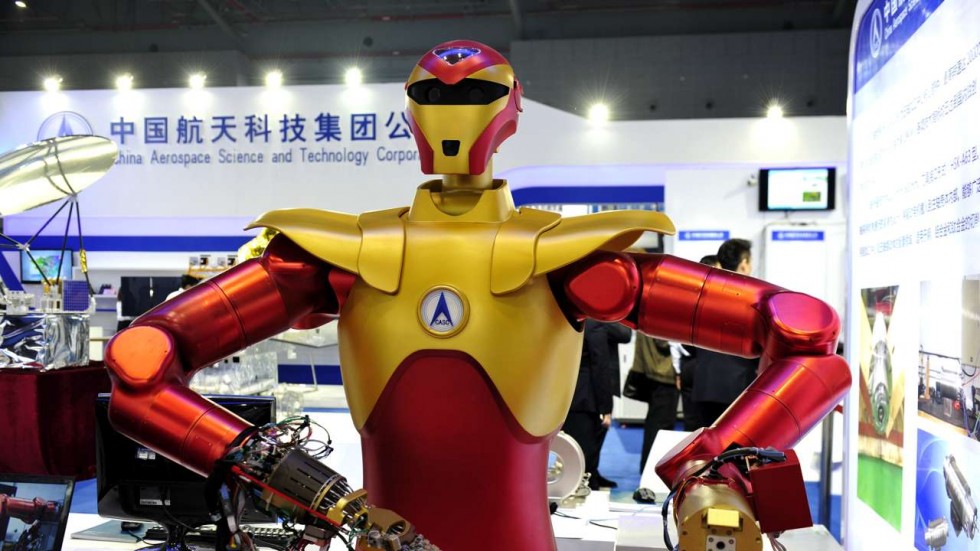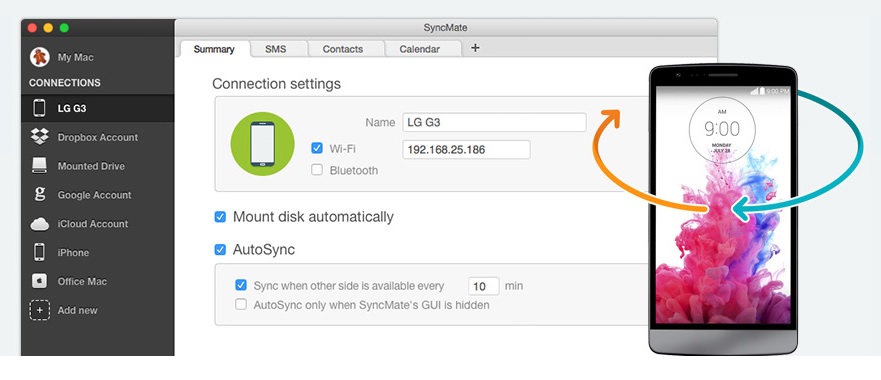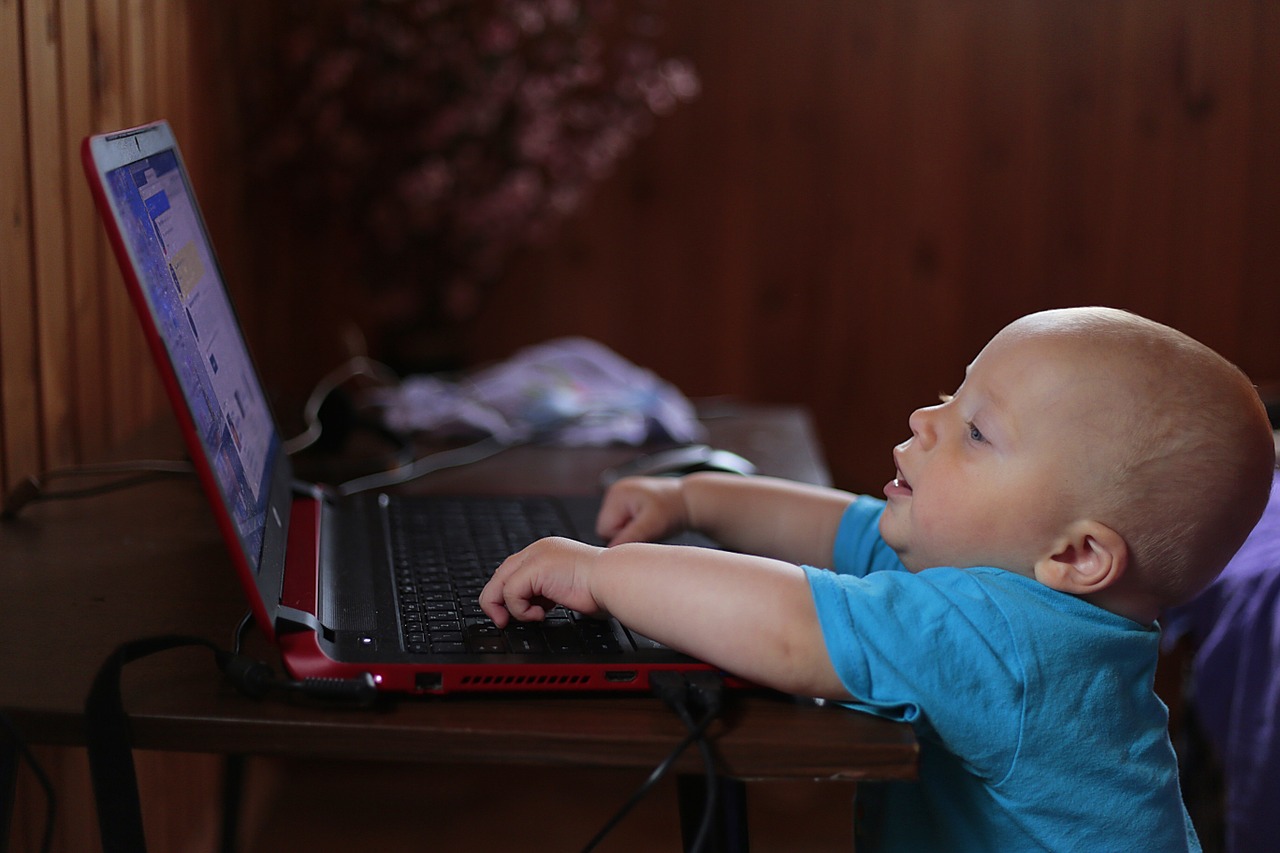
It’s normal for most industrial robots to be active for extended periods of time, but this can put a lot of strain on their components. Over time, one of these components could break down and cause the entire unit to fail. With robots practically serving as the backbone of major industries (especially manufacturing), a faulty unit could spell major losses for any company. As such, scheduling regular preventive maintenance is necessary to ensure that all parts of the robotic equipment continue to run like clockwork. Otherwise, there’s no way to tell when a robot might be in need of a new miniature motor, end effector, or sensor to replace the ones that could give out any moment.
Maintenance for Consistency and Cost Efficiency
The main goal of general maintenance for robots is to make sure each unit performs at a consistent level. Robots are expected to perform repetitive tasks with minimal or no deviation since each batch of product should be of the same quantity and quality. Nothing much can be done to a batch that is damaged or delayed by a faulty component, but it’s possible to keep industrial robots from breaking down during production.
General maintenance also helps companies get a lot of value out of their equipment. If properly maintained, units can keep functioning for decades before they have to spend on replacement. Losses are minimized and businesses can spend more resources on more important things such as upgrading or expanding their facilities.
Essentials of General Maintenance
There’s no such thing as a standard maintenance procedure that applies to all industrial robots, but all procedures should have the essentials of general maintenance.
- Scheduling – Because industrial robots come in all kinds and intended functions, how often units should be checked for maintenance will greatly vary. For example, a robot meant for less intensive tasks should be checked about once a year, while a unit designed for heavy duty work should be checked every few months. However, both of them still need scheduled maintenance to ensure peak performance.
- Physical Inspection – The fastest way to tell if there’s any major problem with industrial robots is to perform an audiovisual inspection. Maintenance personnel should check for unusual sounds and vibrations caused by friction, which increases the rate of wear and tear in components. Keeping an eye out for hairline cracks or rust spots on the outside is also good practice before taking a closer look at the interior components.
- Motion Solutions – Linear stages, servos, and motors have to be checked for any signs of problems. Otherwise, a robot may not be able to move properly (or at all). The more moving components a robot has, the more likely it is to experience a failure. Minor problems may be fixed by something as simple as lubrication, but more serious issues might call for parts replacement.
- Precision Inspection – A robot doesn’t just have to move well, it also has to move exactly as specified. Checking for proper calibration on a regular basis involves running a series of tests and checking the program for any discrepancies. Adjustments are made in small increments until the right degree of consistency is achieved.
- Connections, Cooling, and Power Supply – Poor cable connection and cooling can result in various issues ranging from lack of power to increased friction caused by expansion of overheating parts. Furthermore, wires may get frayed because of constant movements and cause short circuits that could severely damage other components. Batteries also have to be checked (especially units with built-in memories) to make sure no information is lost after some time.
Industrial robots are built with quality and consistency in mind, but those traits have to be maintained through proper maintenance. Taking good care of equipment takes some work to do, but the amount of good work a company can get out of well-maintained industrial robots are worth the time and money.










![Watch Video Now on xiaohongshu.com [以色列Elevatione perfectio X美容仪 perfectio X 全新仪器黑科技了解下]](https://www.techburgeon.com/wp-content/uploads/2019/07/perfectiox-singapore-150x150.jpg)
